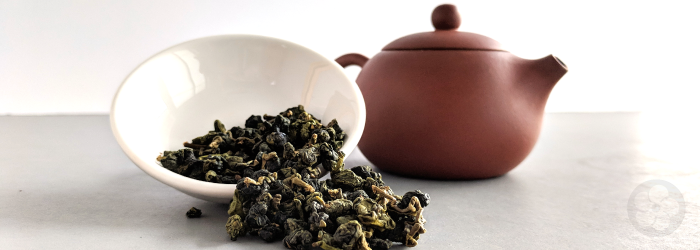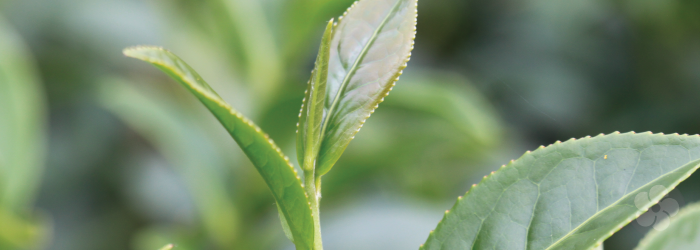Flavors of Pure Tea: Sweetness Without Sugar
Though it is common for most tea drinkers to add sweeteners to their tea, we delight in finding teas that don’t need anything extra to satisfy our sweet tooth. Describing these teas is difficult, however, because of the prevalence of teas which are crafted with artificial flavorings or sweeteners. A tea described with flavor notes such as “creamy”, “honey” or “molasses” is often assumed to have some additive included, but in fact, these flavor notes occur naturally in many teas. Today we’ll explore how these naturally sweet characteristics are derived through traditional harvest dates, natural growing methods, and careful crafting styles.
Continue reading










